Stories of Success
This page provides a rotating set of stories that feature TRIF-WEES funded research.
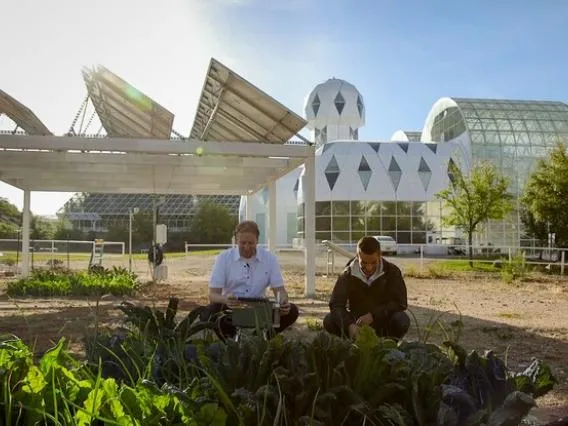
Desert Photovoltaics - Greg Barron-Gafford
The Arizona desert’s abundance of sunshine makes it an ideal place for the adoption of large scale solar production. This sunshine is accompanied by a summer heat that dramatically affects the productivity of these arrays. With funding from TRIF-WEES, the Barron-Gafford research group is working alongside Biosphere 2 to optimize agricultural production in the shade of photovoltaic solar arrays. This novel approach to the food-water-energy nexus reduces the “heat island effect” of solar arrays by relying on the evaporative cooling of plants. In turn, the shading from the solar panels reduces the amount of water necessary to grow crops to harvest.
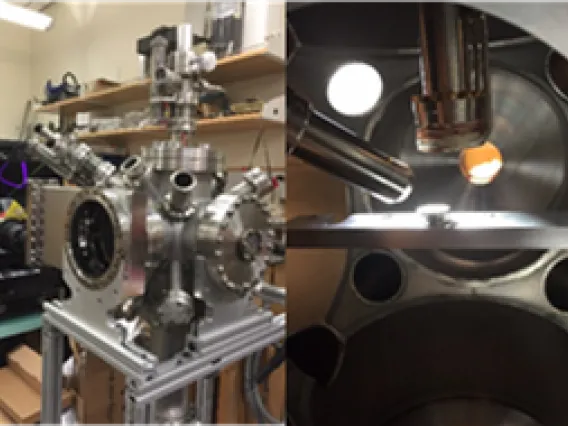
The Carbon Semiconductor - Erin Ratcliff
The Ratcliff lab is keeping The University of Arizona on the forefront of technological innovation with the help of TRIF-WEES grants. Their research into the synthesis, structural control, and transport phenomena of polymeric and organic semiconductors is leading to a semiconductor that is cheaper to manufacture, has a lower environmental impact when compared to inorganic (silicon-based) semiconductors, and provides for exciting opportunities in flexible devices for bioelectronics, energy harvesting, and storage.
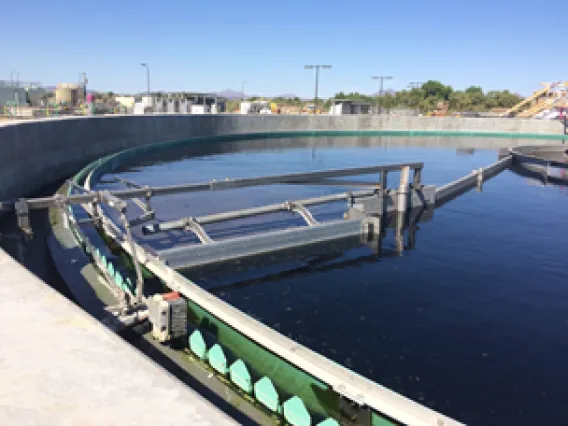
Reusing Wastewater - WEST Center
A partnership between Pima County and The University of Arizona has created a promising research opportunity. Together, with the help of TRIF-WEES funding, they have built a state-of-the-art wastewater treatment research facility that is investigating innovative methods of treatment and energy sustainable solutions. TRIF-WEES provided early institutional support for the research and researchers at this institution.
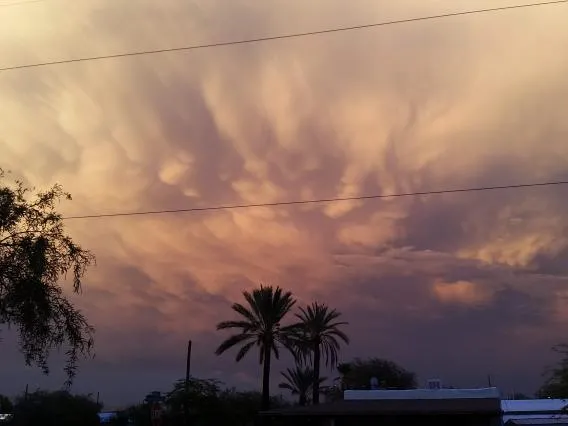
Forecasting safer highways - Christopher Castro
Arizona contains one of the most dynamic landscapes in the country. The state is covered with rugged mountains, high cliffs, desert valleys, and alpine mountain tops. While this diverse landscape provides the beauty that has made the state iconic, it also produces a wide variety of hazardous weather conditions including snow, heavy rain, thunderstorms, fire, and dust storms. Chris Castro and his group are currently working with the Arizona Department of Transportation (ADOT) to complete a set of forecasting guidelines along 73 specific road segments identified as hazardous. The group has also developed an alert system that aims to reduce weather related highway crashes, making your next trip on Arizona’s highways safer and more enjoyable.
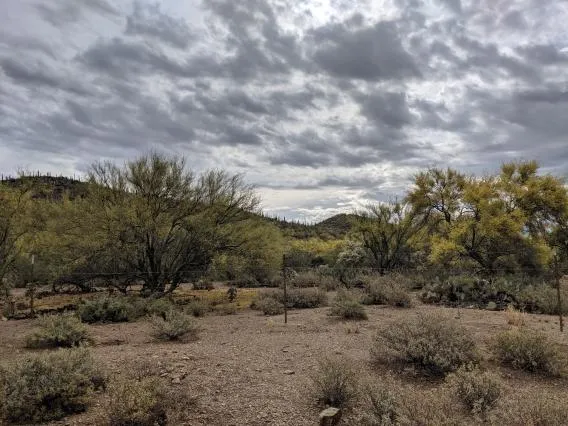
Pinpointing pollution - Eric Betterton
With the help of WEES funding, the Betterton group along with other researchers at The University of Arizona is building a comprehensive understanding of ozone formation in the desert Southwest. Ozone is an air pollutant known for its detrimental effects on respiratory systems, and results from the reaction of sunlight with nitrogen compounds (NOx) and volatile organic compounds (VOCs). While the majority of these pollutant emissions are due to fossil fuel consumption, the Betterton research group is focusing on another source, creosote. This plant (the source of the quintessential “desert rain” smell) emits high amounts of VOCs during the summer monsoon season, increasing ozone production. With a better understanding of these biogenic emissions, forecasters will be able to better inform the public and maintain safer communities.
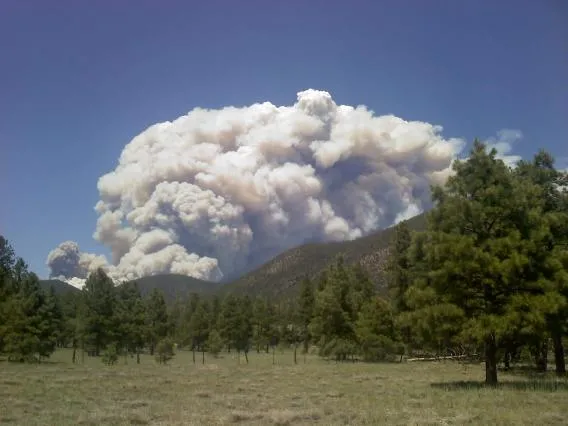
After the Fires - Luke Mcguire
The modern forest fire is a landscape changing event. These high intensity fires leave the landscape highly susceptible to runoff, erosion, and debris flows that have significant down gradient effects. Arizona has experienced the costly effects of post-wildfire flooding and debris flows in the past and will continue to experience these hazards in the future. Costs associated with post-wildfire flood and debris flow mitigation are estimated to have exceeded $33 million in the first three years following the 2010 Schultz Fire, which burned an area outside of Flagstaff, AZ. The McGuire research team has used funding from WEES to bring together a diverse group of geoscientists with the goal of predicting when debris flows may occur and how we can limit their effect on the people and buildings living down gradient.
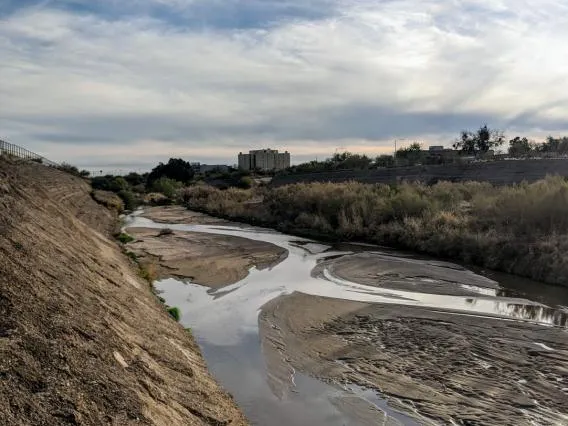
Regenerating Desert Riparian Habitats - Micheal Bogan
Arizona’s desert valleys once contained areas of lush, diverse riparian habitats centered around stretches of intermittent and perennial streams. The overconsumption of water dried these riparian systems causing ecosystems loss, extinction, and an overall negative impact on native species. In an effort to reverse some of these effects, several municipalities in Arizona have begun discharging effluent from their treatment plants into dry riverbeds, creating flowing reaches of river between 1 and 20 miles long (depending on the size of the treatment plant). Michael Bogan’s research team studies the water quality and aquatic biodiversity of these effluent driven riparian ecosystems. With help from WEES they have shown that, with good water treatment and consistent flow levels, these effluent-dependent rivers can support high levels of biodiversity and bring all of these economic benefits to the region.
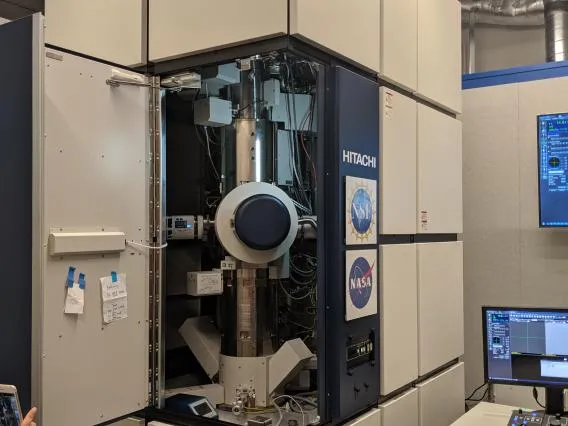
Pushing the physics of organic photovoltaics - Sumit Mazumdar
The future of energy generation is local. Solar panels are being installed on roof tops, cars are integrating solar panels into roofs, and there is a market for small unconnected devices that are connected and reliant to a built in solar panels. Organic photovoltaics offer an affordable and flexible alternative to the popular silicon based solar panel that is well suited for a wide variety of niche operations. With help from WEES, the Mazmudar team is building a fundamental understanding of these organic solar cells with the goal of pushing the quantum efficiency (percent of light turned to electricity) from 17% to beyond the perceived limit of 31%.
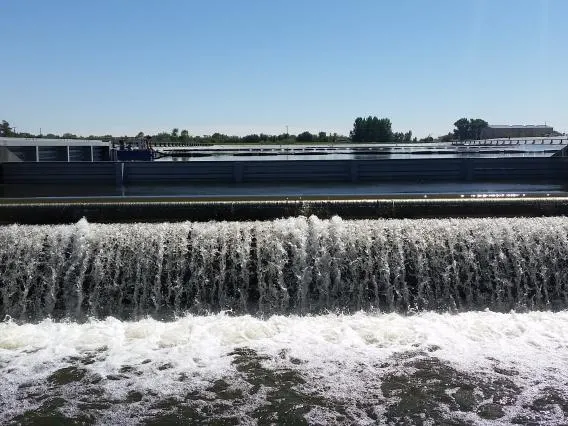
The environmentally friendly data center - Keri Hickenbottom
Cloud services compose 3-5% of the Nation’s annual total electrical consumption. With this traffic growing significantly there is a need for enhanced cloud infrastructure performance, energy efficiency, material reuse, and environmental sustainability. The Hickenbottom research team is at the forefront of this research. They developing a hybrid energy-water technology that can enable data centers to shift to non-potable water resources and better utilization of energy resources such as low-grade heat and solar energy. This technology represents one unique opportunity for on-site solar desalination, in which DCs could not only meet their cooling water needs but increase their societal impact via community integration.
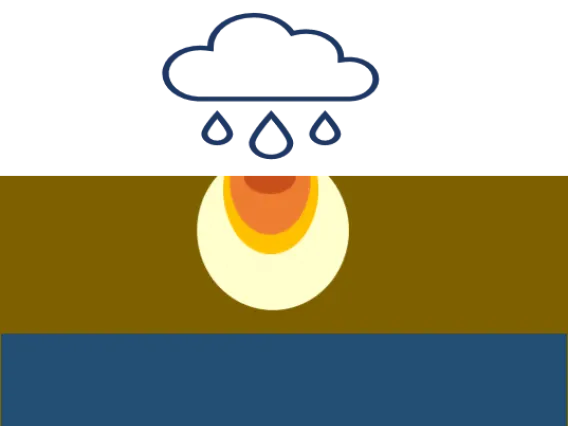
Diffusing the soil’s ticking time bomb - Bo Guo
Keeping Arizona’s groundwater safe requires an understand of where toxic contaminants are and where they will move. Bo Guo’s group is building off the long history of contaminant transport research at the University of Arizona to produce a model that accurately predicts the movement of a group of newly identified contaminants. These contaminants, known as PFAS, were widely used in flame retardant spray and are the precursors to non-stick pans, stain resistant pants, rain jackets, and protective clothing. The dangers of these chemicals were unknown until relatively recently and their usefulness resulted in their widespread use and discharge into the groundwater. With the use of Bo’s model, water companies across Arizona as well as the country can better understand where these contaminants are and how to best prevent them from getting into our drinking water.

